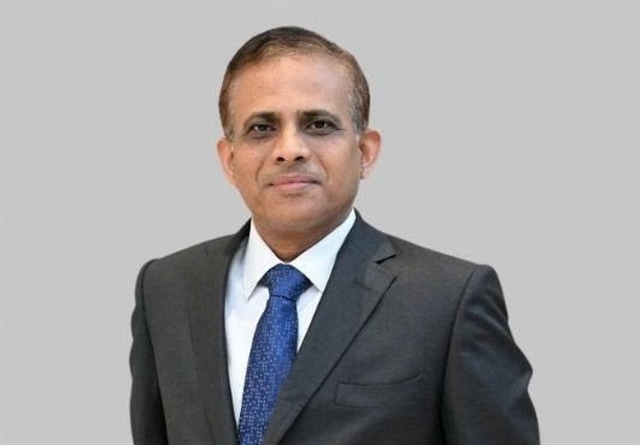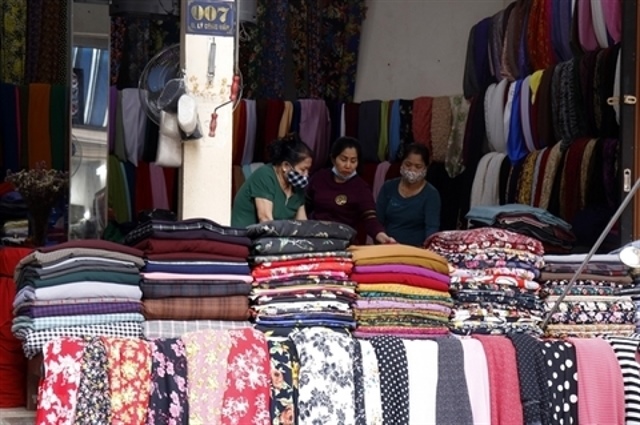Import-export companies seeking to force dollar interest rates down
Import-export companies seeking to force dollar interest rates down
Importers and exporters have urged the State Bank of Vietnam to slash the dollar interest rates further to 5 percent per annum. A senior executive of the central bank once promised to find the way to force the rates to 4-5 percent.

A report of the State Bank of Vietnam showed that since late January, the mobilized capital has increased again. By April 23, the deposits had increased by 5.34 percent in comparison with the end of 2012, or 50 percent higher than that of the same period of the last year.
The report pointed out that the dong mobilized capital has been increasing more rapidly than the foreign currency deposits. This, in the eyes of the State Bank, comes in line with the bank’s plan to encourage businesses to purchase foreign currencies from banks instead of borrowing from banks. This also shows the increase in the people’s confidence on the banking system.
The State Bank of Vietnam has affirmed that the foreign currency market has been going on a right track. By April 25, the average buy price had increased by 0.4 percent in comparison with the beginning of the year. The stabilized exchange rate and the dollar mobilized capital decrease are the good signs for the macro economy.
However, analysts have found that the slowdown has put a hard pressure on the dollar credit. Though the State Bank has tightened the dollar lending by restricting the subjects that can borrow in foreign currencies, the demand for dollar loans remains high, especially from export companies.
The director of a joint stock bank said in previous years, the lent capital in dollars was always higher than the deposits. However, the gap has been narrowed because of the decrease in the dollar loan demand.
Nevertheless, the sharp fall in the dollar mobilized capital has hindered the growth of dollar lending. Banks now hurry to mobilize more dollar capital by dodging the laws and attracting deposits at the interest rates higher than the ceiling rate stipulated by the central bank.
The current ceiling interest rates are 0.5 percent for the institutional clients and 2 percent for individual depositors. However, if banks really need capital, they would be willing to pay 3-4 percent per annum. The high deposit interest rates still can bring profits to banks, if they lend at 5-6 percent per annum.
In general, banks now lend dollars at the interest rates of 7-8.5 percent per annum, while only a few rice, coffee and rubber export companies can borrow at 5 percent per annum.
Import and export companies believe that when the national economy has shown positive signs, the imports and exports have bounced back, the exchange rate has been stabilized and the foreign currency reserves have increased significantly, it’s now the right time to slash the dollar interest rates.
Dao Hong Chau, Deputy General Director of Eximbank, said the bank now lends at 3.2-3.5 percent only to big and loyal clients, and 5-6 percent per annum to small and medium import-export companies.
Meanwhile, the foreign banks in Vietnam can lend at 2-3 percent per annum only. They can borrow dollars at low interest rates from foreign finance institutions and then re-lend to domestic enterprises at the rates of 5 percent and lower. This means that in order to compete with them, domestic banks need to offer more competitive interest rates.
vietnamnet




























